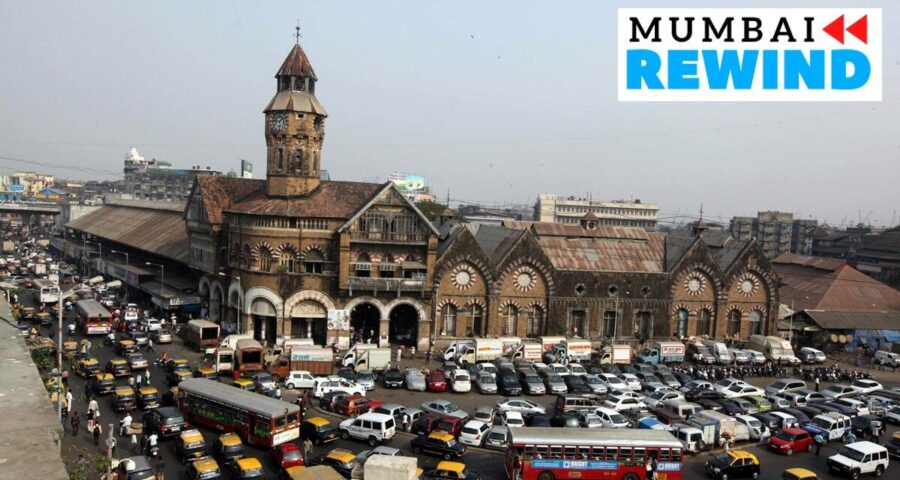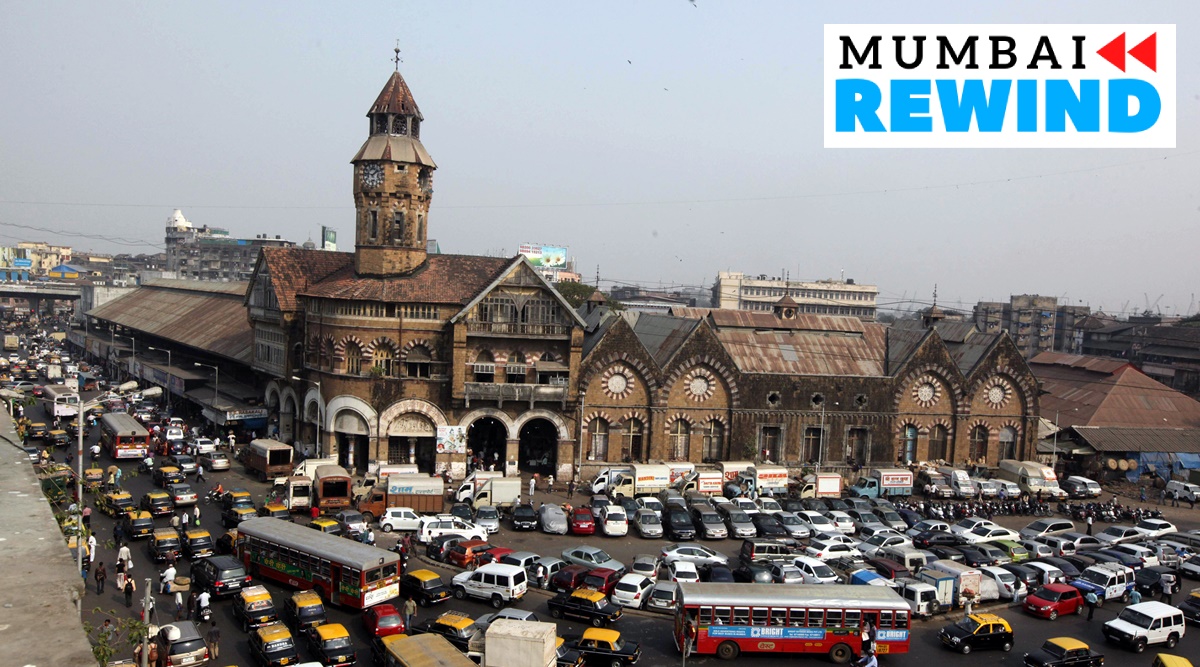Despite being renamed after Mahatma Jyotirao Phule, the sprawling market is still popularly known by its original name, Crawford market.
For most Mumbaikars, Crawford Market is the ‘go-to destination’ when it comes to festive shopping. Apart from the dazzling array of products that are on offer in its numerous shops, the 22,000 sq metre wide yard is the last vestige of the memory of Mumbai’s top bureaucrat who lost everything in spite of being absolved of corruption charges.
Despite being renamed after Mahatma Jyotirao Phule, the sprawling market is still popularly known by its original name, Crawford market.
The name was given in 1869 in honour of Arthur Crawford, who at age 30 had become Mumbai’s first municipal commissioner and served from 1865 to 1871.
During his stint, Crawford drastically transformed the face of Mumbai, improving its infrastructure and sanitation. Contemporary writers claimed that his power was second only to that of the governor.
Known to able-minded but extravagant, the Bombay Gazetteer reported how Crawford had an ambitious scheme to dig a tunnel through Malabar Hill and to reclaim a part of the foreshore by the material excavated therefrom so as to relocate the Race Course, then at Byculla. This grandiose, however, did not materialise.
The rapid transformation of Mumbai under him led to accusations of financial mismanagement against him. He remained unscathed during his stint as the municipal commissioner. However, things began to unravel once Crawford took over as the revenue commissioner of the Mumbai division.
Crawford was accused of bribery and corruption including taking money from his subordinates to allow them to continue in certain departments.
Donald Mackay (also known as Lord Reay), the then governor of Bombay, ordered his prosecution before a magistrate. However, afraid of the ramifications of allowing such prosecution of serving officers, the idea was dropped and Crawford was tried before a special commission presided over by Justice Wilson of the Calcutta High Court.
The inquiry opened in 1880 and the commission held 67 public sittings, and several witnesses were examined. Ultimately, Crawford was found not guilty of bribery and corruption or of borrowing money from his official subordinates.
“He was only careless; and the villain of the piece was a personal clerk of his, who made him sign all sorts of papers which Crawford signed blindly and recklessly,” writes PB Vachha in his book, Famous Judges, Lawyers and Cases of Bombay: A Judicial History of Bombay During the British Period, explaining the findings of the commission.
In spite of the clean chit, the then Governor Mackay was not satisfied and ordered the removal of Crawford’s name from the list of civil servants.
The administration also decided to take action against all other officials who under indemnity had told the commission that they had paid bribes to get posts.
However, scared of prosecuting officers in such large numbers, the governor asked all of them to resign from the standpoint of public expediency and morality.
“Ultimately, the Governor-General issued a modified Act of indemnity. It protected the officers from prosecution; but they were ordered to send in their resignations; and some monetary compensation was provided for them,” Vachha says in his book.
Facing ignominy, the once-flamboyant Crawford, who had also served as a police officer, retired to London where he wrote books on his Indian experience.
A small plaque at the entrance of the market is now the only reminder of this flamboyant bureaucrat’s tenuous links with the city.
“Lord Reay, who was a puritan, was scandalized by the lavish living of Crawford, his extravagant and ostentatious hospitality, and his reckless borrowings from all and sundry. The Governor was determined to make an example of Crawford; and Crawford’s undoing was entirely due to his mode of living, scarcely in keeping with the dignity and decorum expected of a high government official,” Vachha writes while summing up Crawford’s life.
Source: Read Full Article


